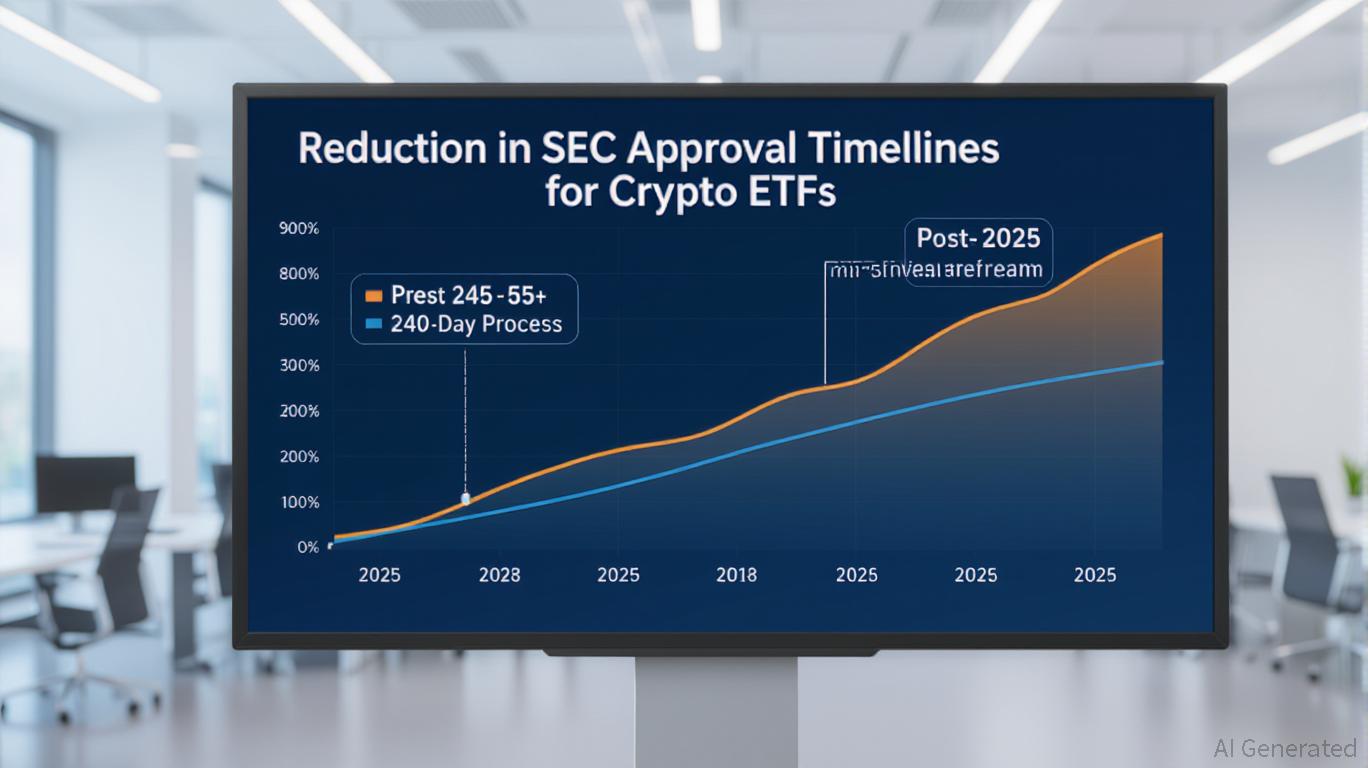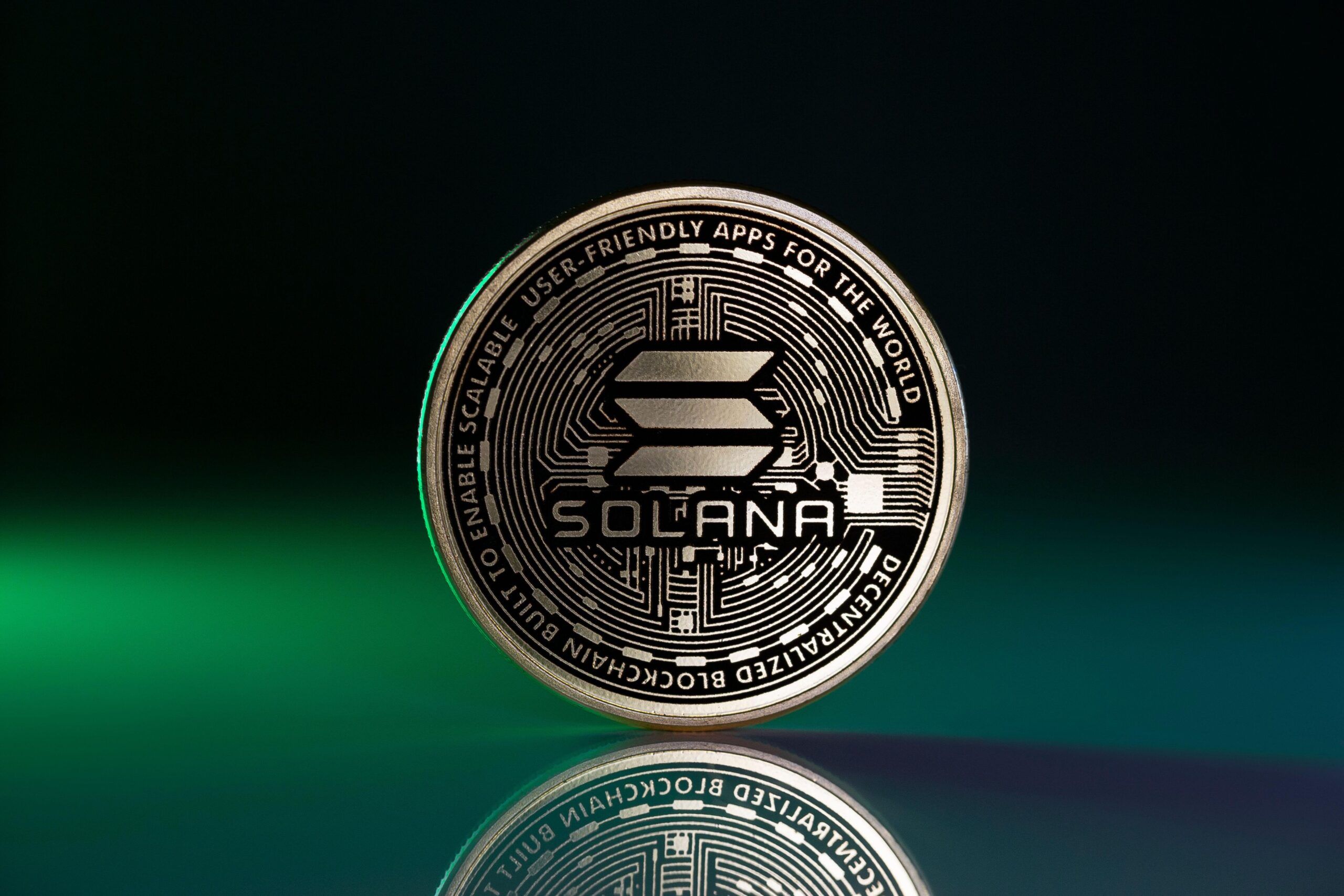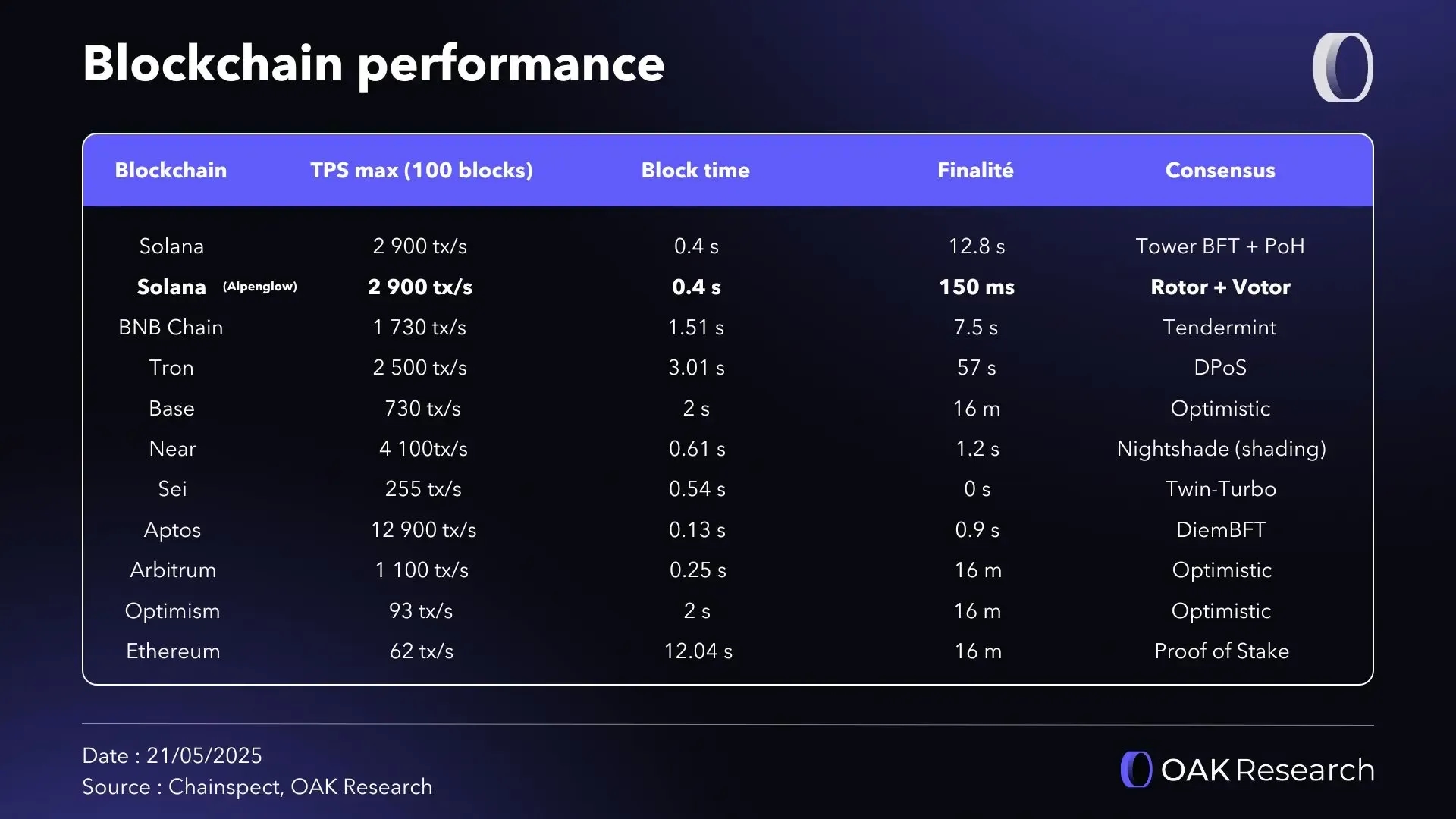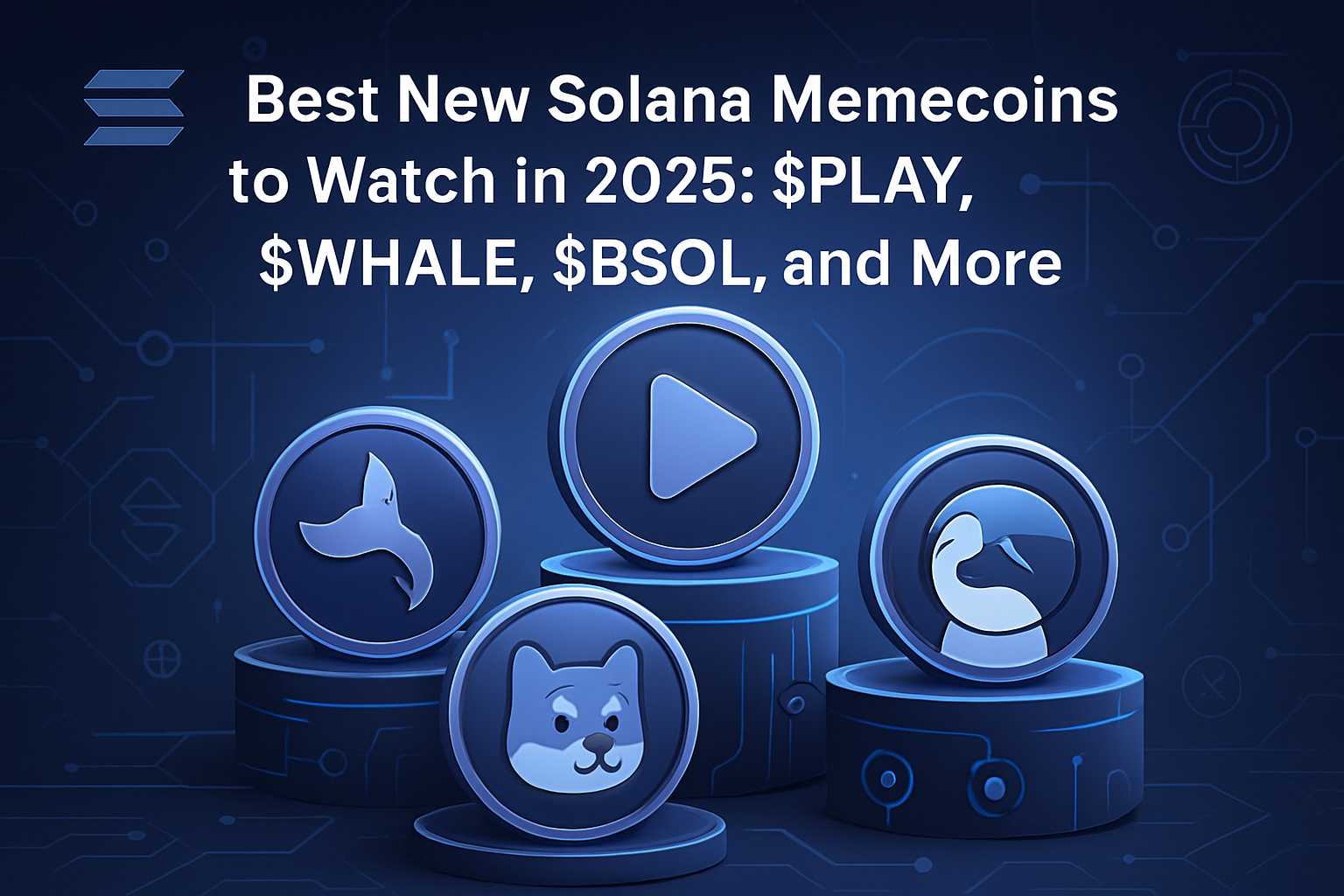Solana Digital Asset Treasuries (DATs): The Rise of Institutional Investment in 2025

Solana is no longer just a developer’s playground or a DeFi experiment – in 2025, it’s the institutional darling of digital asset treasuries (DATs). Over the past year, the narrative has shifted from speculative altcoin to strategic treasury reserve. The numbers tell the story: as of September 13,2025, seventeen firms collectively hold approximately 11.7 million SOL, valued at $2.85 billion. That’s a staggering 2.04% of Solana’s circulating supply now sitting on corporate balance sheets (xt.com).
Solana DATs: The Institutional Surge Explained
The velocity of capital flowing into Solana DATs is unprecedented. In just Q3 2025, Forward Industries executed a $1.65 billion private investment in public equity (PIPE) to establish their Solana treasury strategy, catalyzing a 2.4% pop in SOL price and pushing it above $215 for the first time since August (thecoinrepublic.com). Helius, a Nasdaq-listed company, is raising $500 million for its own Solana reserve (panteracapital.com). Meanwhile, Solmate has secured $300 million with backing from ARK Invest and UAE sovereign funds to build out Solana-focused infrastructure.
This isn’t just headline fodder – it’s a tectonic shift in digital asset allocation strategies. Pantera Capital and Summer Capital have collectively raised $1.25 billion for Solana-centric treasuries, signaling that institutional money is moving beyond Bitcoin and Ethereum into high-throughput chains like Solana.
Why Institutions Are Choosing Solana for Digital Asset Treasuries
The rationale is both tactical and structural:
- Performance: SOL has consistently outpaced legacy layer-1s on transaction throughput and cost efficiency.
- Yield: Robust staking rewards (now accessible via ETFs) are drawing risk-conscious treasurers seeking yield on idle capital.
- Regulatory Green Light: The U. S. SEC’s recent rule changes have simplified listing procedures for spot crypto ETFs, including those tied to Solana (reuters.com). This regulatory clarity is rocket fuel for institutional adoption.
- Ecosystem Growth: With over $212 million in assets under management flowing into the REX-Osprey Solana Staking ETF (SSK) since July 2025 (business.ricentral.com), institutions now have compliant vehicles to access staking yields without direct custody risks.
SOL Price Action: Holding Strong at $239.26 Amid Treasury Boom
This influx of institutional capital isn’t just theoretical – it’s visible on the charts and in market structure shifts. As of September 20th, SOL trades at $239.26, with daily volatility between $235.66 and $245.26.
Solana (SOL) Price Prediction 2026-2031
Forecast based on institutional adoption, digital asset treasury trends, and regulatory landscape as of Q4 2025
| Year | Minimum Price | Average Price | Maximum Price | Year-over-Year Change (Avg) | Market Scenario Insights |
|---|---|---|---|---|---|
| 2026 | $205.00 | $275.00 | $340.00 | +15% | Sustained treasury adoption and ETF inflows support steady growth; potential volatility from macroeconomic conditions. |
| 2027 | $260.00 | $320.00 | $420.00 | +16% | Broader ETF adoption and staking rewards drive demand, but competition from new L1 networks may cap upside. |
| 2028 | $240.00 | $365.00 | $500.00 | +14% | Possible consolidation year if macro tightening occurs; institutional holdings stabilize, but network upgrades boost confidence. |
| 2029 | $310.00 | $420.00 | $580.00 | +15% | Renewed bull market cycle, further regulatory clarity, and enterprise adoption accelerate growth. |
| 2030 | $350.00 | $485.00 | $700.00 | +15% | Full-scale integration in corporate treasuries and DeFi, paired with improved scalability and security. |
| 2031 | $420.00 | $550.00 | $820.00 | +13% | Matured ecosystem: Solana solidifies its position as a leading blockchain for institutional finance and global payments. |
Price Prediction Summary
Solana is poised for continued growth through 2031, fueled by robust institutional adoption, expanding digital asset treasuries, and favorable regulatory trends. While price volatility remains, SOL’s position as a preferred blockchain for treasury management and staking makes it a top contender for long-term appreciation. Both bullish and bearish scenarios are reflected in the min/max price ranges, considering market cycles and potential risks.
Key Factors Affecting Solana Price
- Institutional adoption of Solana in digital asset treasuries and corporate balance sheets.
- Launch and growth of Solana-based ETFs, especially those offering staking rewards.
- Regulatory clarity and the SEC’s ongoing support for spot crypto ETFs.
- Technical improvements (e.g., scalability, security, interoperability) and ecosystem upgrades.
- Competition from other Layer 1 blockchains and evolving DeFi landscapes.
- Global macroeconomic trends and risk appetite for digital assets.
- Potential for major network incidents or regulatory setbacks.
Disclaimer: Cryptocurrency price predictions are speculative and based on current market analysis.
Actual prices may vary significantly due to market volatility, regulatory changes, and other factors.
Always do your own research before making investment decisions.
The impact? Liquidity pools deepen as more tokens are locked into corporate treasuries; volatility tightens as whales accumulate rather than speculate; and staking yields become an integral part of treasury management strategies across sectors.
Catalysts Accelerating Institutional Adoption in 2025
- Cathie Wood’s ARK Invest doubling down on Solmate DAT infrastructure projects.
- The rise of ETF products like SSK offering liquid exposure plus staking yield.
- A wave of new entrants – from fintech unicorns to insurance conglomerates – integrating SOL reserves as part of their risk-adjusted portfolios.
This is not your 2021 crypto cycle; this is GameFi meets Wall Street meets global macro hedge funds – all converging on one chain that delivers speed, scale, and compliance-ready tooling out-of-the-box.
With $2.85 billion in Solana now locked across seventeen institutional treasuries, the ecosystem is seeing a flywheel of liquidity, credibility, and innovation. As more capital flows in, Solana’s on-chain activity surges: DeFi protocols report record TVL, GameFi projects attract mainstream publishers, and new real-world asset (RWA) tokenization pilots are launching monthly. The message is clear: Solana DATs are not just a balance sheet experiment, they’re reshaping how the world thinks about corporate treasury management in the digital era.

Risk management is at the heart of this institutional wave. Unlike speculative retail flows, these treasuries employ advanced hedging strategies, leveraging derivatives on Solana-based DEXs and integrating staking to offset opportunity costs. The result? Lower realized volatility for SOL and a more stable market regime that appeals to pension funds, sovereign wealth managers, and insurance firms seeking predictable exposure.
Solmate DAT and ARK Invest: A New Blueprint for Treasury Diversification
The partnership between Solmate DAT and Cathie Wood’s ARK Invest is a tactical masterclass in next-gen treasury engineering. By combining ARK’s research-driven approach with Solmate’s infrastructure expertise, they’ve created a modular toolkit for institutions to onboard into the Solana economy, complete with automated staking, compliance modules, and multi-signature security standards.
Top 5 Institutional Drivers for Solana DAT Adoption in 2025
-

Regulatory Clarity from the SEC: The U.S. Securities and Exchange Commission’s approval of new rules in September 2025 has simplified the listing process for spot cryptocurrency ETFs, including Solana. This regulatory shift has removed significant barriers for institutional investors, paving the way for broader adoption of Solana Digital Asset Treasuries (DATs).
-

Launch of the REX-Osprey Solana Staking ETF (SSK): Introduced in July 2025, the REX-Osprey Solana Staking ETF (SSK) has quickly attracted over $212 million in assets under management. Its innovative staking rewards structure offers institutions additional yield opportunities, making Solana DATs more attractive than traditional treasury assets.
-

Major Institutional Allocations and Treasury Growth: Seventeen firms now hold approximately 11.7 million SOL (valued at $2.85 billion at $239.26 per SOL as of September 2025), representing 2.04% of the circulating supply. High-profile moves, such as Forward Industries’ $1.65 billion Solana treasury strategy, signal growing institutional confidence and set benchmarks for others to follow.
-

Superior Network Performance and Yield: Solana’s high transaction throughput, low fees, and robust staking yields have made it a preferred blockchain for institutional treasuries. These technical advantages directly address institutional needs for scalability, efficiency, and reliable returns.
-

Dedicated Solana Treasury Vehicles and Infrastructure: Firms like Helius and Solmate have raised hundreds of millions of dollars to build specialized Solana treasury infrastructure. Helius, for example, is raising $500 million for a Solana reserve, while Solmate secured $300 million with backing from ARK Invest and UAE firms, providing institutions with trusted, scalable entry points into the Solana ecosystem.
This model is being emulated across the industry. Nasdaq-listed Helius is scaling its $500 million reserve playbook globally; meanwhile, Pantera Capital’s $1.25 billion treasury syndicate brings together hedge funds that historically avoided altcoins entirely (panteracapital.com). These moves are not only diversifying risk but also driving up demand for compliant staking products and programmable yield strategies unique to Solana.
Looking Ahead: What’s Next for Solana DATs?
The next phase will be defined by interoperability and real-world utility. Expect to see:
- Cross-chain treasury management: Institutions leveraging bridges to optimize capital across multiple blockchains while maintaining SOL as a core holding.
- Tokenized bonds and RWAs: Early pilots on Solana are already tokenizing short-term debt instruments directly into DAT portfolios.
- AI-driven allocation: Machine learning models dynamically rebalancing treasuries based on macro indicators and on-chain analytics, further professionalizing digital asset management.
Savvy players are already positioning ahead of these trends, treating their DAT allocations as both an inflation hedge and an innovation bet. With regulatory clarity improving, ETF flows accelerating, and corporate adoption broadening beyond fintech into traditional sectors, the probability-weighted outlook for SOL remains robust through Q4 2025.
If you’re tracking institutional crypto investment or evaluating treasury diversification strategies, ignore these signals at your own peril. The data shows that Solana Digital Asset Treasuries are not just here to stay, they’re setting the pace for capital formation in Web3’s next cycle.







